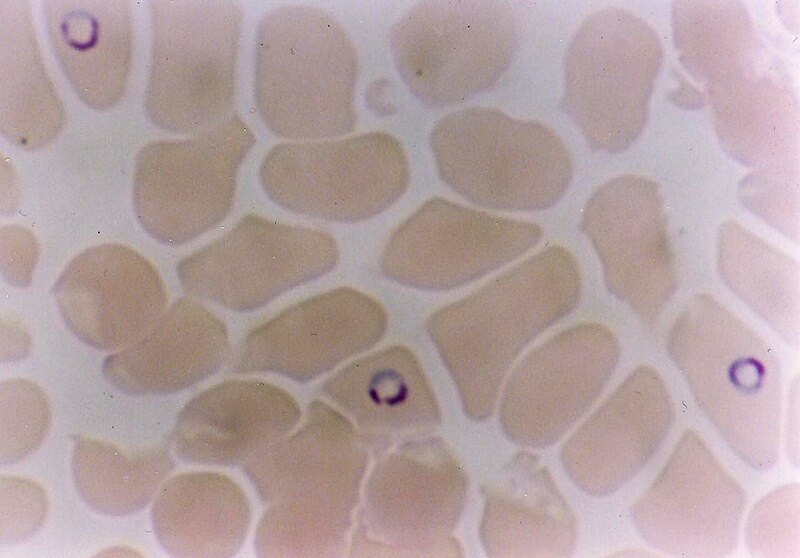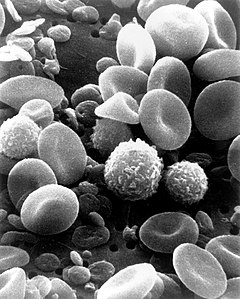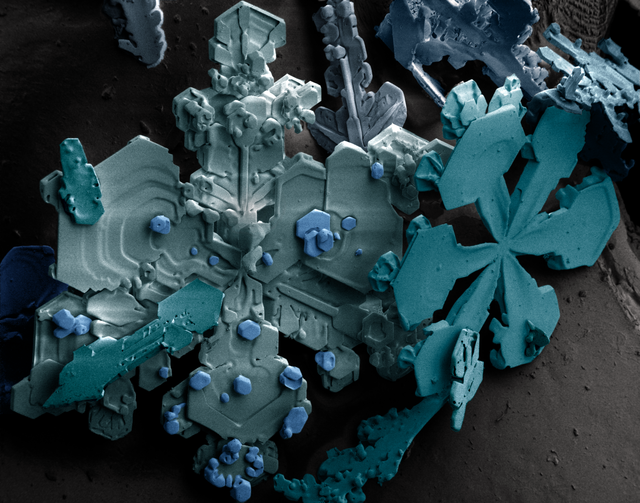Or search by topic
Number and algebra
Geometry and measure
Probability and statistics
Working mathematically
Advanced mathematics
For younger learners
Biology Measurement Challenge



Consider these objects, images for which are given below:
- Mitochondria
- Arabis voch pollen
- Ring stage of Plasmodium falciparum
- Tuberculosis bacterium
- Human red blood cell
- Human nerve cell
- The eye of a needle
- Cat hair
- Snowflake crystal
How many do you recognise? Can you put them in order of length? Cross-sectional area? Volume? Once in order, how many of the smaller objects would fit into the larger objects?
Discussion point: What measurement difficulties does this task raise?
You can see the images, some of which contain scale information, below
Mitochondria

Arabis voch pollen

Ring stage of Plasmodium falciparum

Tuberculosis bacterium

Human red blood cell

Human nerve cell

The eye of a needle
<missing image>
Cat hair

Snowflake Crystal

The URLS of these beautiful images are as follows:
- Mitochondria - https://commons.wikimedia.org/wiki/File:Mitochondria,_mammalian_lung_-_TEM_%282%29.jpg
- Arabis voch Pollen - https://commons.wikimedia.org/wiki/File:Arabis_voch1-1.jpg
- Plasmodium falciparum - https://commons.wikimedia.org/wiki/File:Plasmodium_falciparum_in_Red_Blood_Cells.jpg
- Bacterium (tuberculosis) - https://commons.wikimedia.org/wiki/File:Mycobacterium_tuberculosis_8438_lores.jpg
- Human red blood - https://commons.wikimedia.org/wiki/File:SEM_blood_cells.jpg
- Nerve cell - https://commons.wikimedia.org/wiki/File:Myelinated_neuron.jpg
- Eye of a needle - https://commons.wikimedia.org/wiki/File:Eye_of_a_Needle.jpg
- Cat hair - https://commons.wikimedia.org/wiki/File:ESEM_BSE_cat_hair_No1194_10kV_1000x_680Pa.jpg
- Snow crystals - png: https://commons.wikimedia.org/wiki/File:Snow_crystals.png
You may also like
Ladder and Cube
A 1 metre cube has one face on the ground and one face against a wall. A 4 metre ladder leans against the wall and just touches the cube. How high is the top of the ladder above the ground?
Archimedes and Numerical Roots
The problem is how did Archimedes calculate the lengths of the sides of the polygons which needed him to be able to calculate square roots?

